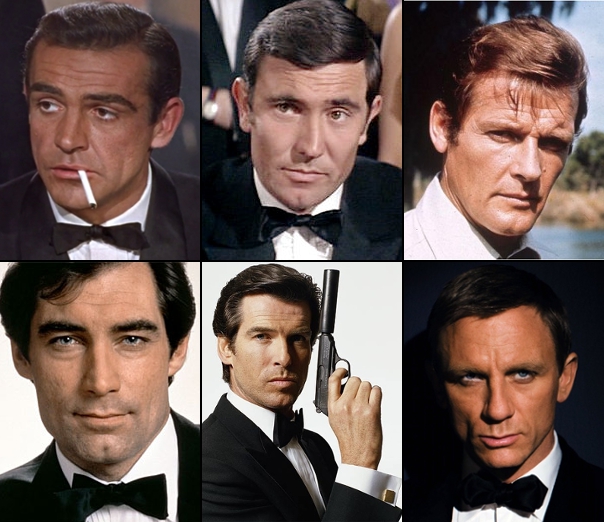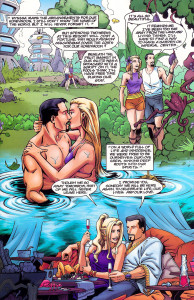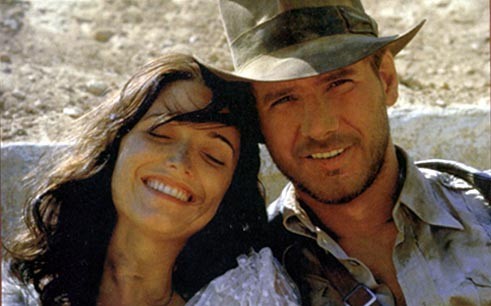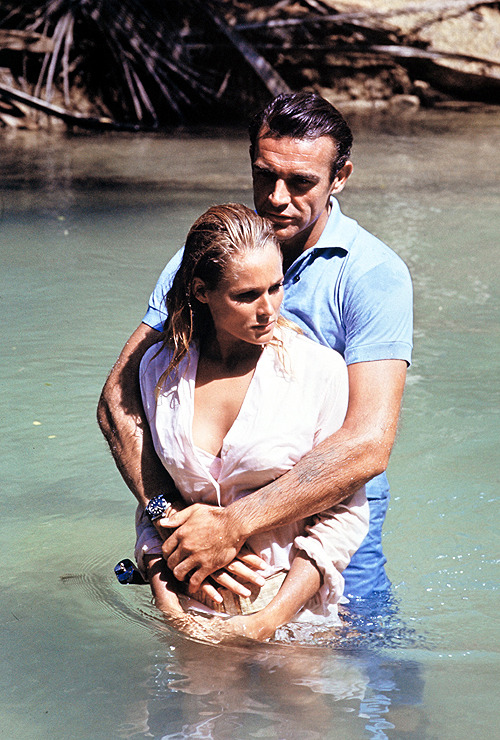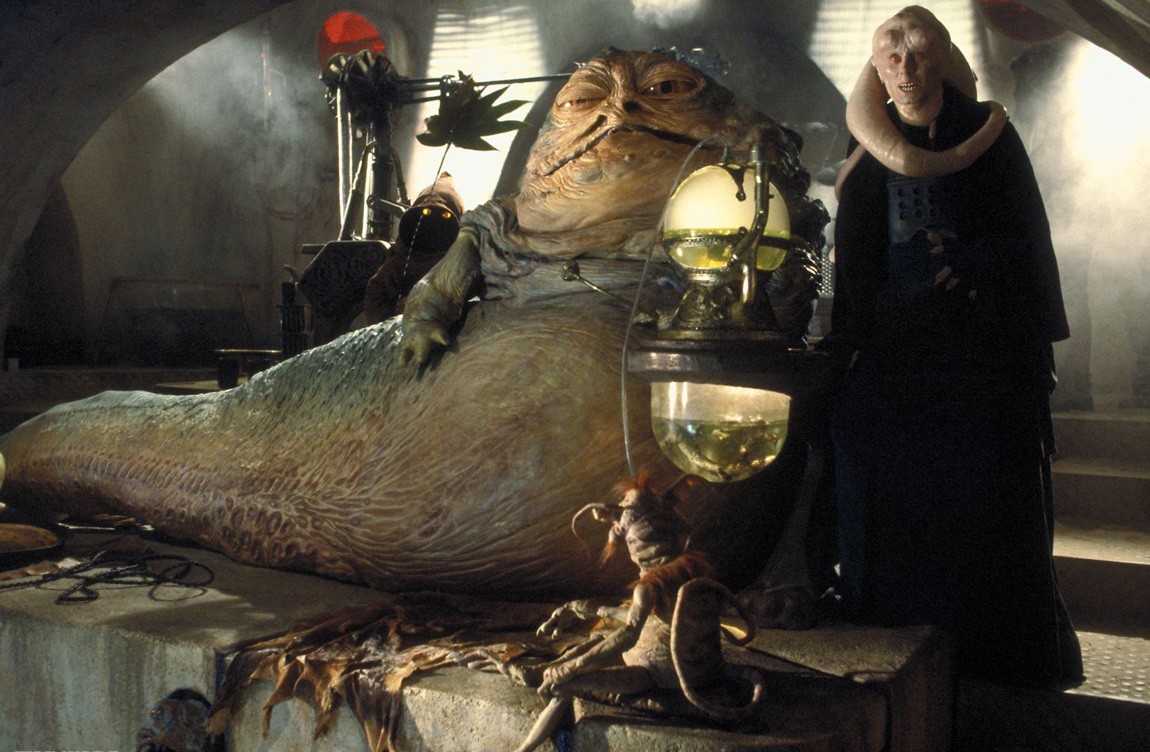
The term “genre” generally suggests a creative niche — a specific type of art that is for some people, but not for everyone. Science fiction and fantasy, horror, romance — they’re all seen as being for specific audiences, not broad-spectrum stories with universal appeal. Mystery, on the other hand, is a wildly popular genre. From Sherlock Holmes to CSI, mysteries are among the most well-known, widely consumed, and, to a lesser extent, acclaimed books, TV shows, and films out there. It seems like it would make sense to fuse Star Wars with such a booming genre, wouldn’t it? Heck, how could Star Wars escape dipping into such a prolific and fundamental genre now and then?
It’s easy to understand how mysteries can be so popular. The genre is based around the investigation of some type of mystery, usually a crime, creating a clear narrative and providing ample avenues for conflict, suspense, action, and revelation. Mystery provides all the fundamentals of a thrilling story in a neat package.
As with any mammoth genre, there are countless varieties of mystery story. Some are focused on creating complex puzzles for their heroes, and implicitly the reader, to solve, as in the classic locked-room murder. Others, in a trend started by hard-boiled detective fiction, are less interested in the intricacy of their solution, and emphasize the action and atmosphere of a criminal case. A mystery may save its solution until the last moment, or give away the perpetrator early in order to focus the story not on the answer, but on the protagonist’s pursuit of the truth and/or the suspect. Some follow police investigators, some private eyes, some lawyers, some ordinary civilians sucked into a case. And that’s barely getting into the variety of forms and tones mysteries can take. Some of these forms may be more easily adaptable to Star Wars than others, but all are worth thinking about in this context.
Of course, there are many Star Wars stories that have revolved around some kind of mystery — so many stories of all kinds do. If I started listing all the stories with some kind of mystery element, I could start with the Thrawn trilogy’s Delta Source and keep going all night.
So instead, I’ll simply state that I think this is something that could be played up even more. When information simply drops into characters’ laps, or disseminates instantaneously without effort, it’s boring. When they have to work to discover something, when there is an actual process of investigation, it better exploits the story potential of any mystery, and adds excitement to the process. To pass over the mystery aspect ignores the narrative potential of one type of drama — the investigation — in favor of solely focusing on action sequences and getting to that drama faster. Variety is the spice of life, not twenty-four lightsaber fights one after another.

There are some Star Wars stories that have been entirely structured as mysteries, though fewer than you might think. It’s worth noting that a significant chunk of Attack of the Clones was a mystery plotline — Obi-Wan investigated the case of Senator Amidala’s attempted assassination, in the process stumbling upon yet another enigma, the secret clone army, in classic mystery fashion.
Within the Expanded Universe, Survivor’s Quest stands out as a mystery. Not only does the question of Outbound Flight‘s fate hang over the story (to be answered not within, but via prequel), but more importantly, the story is structured as a classic closed-environment, who’s-the-killer mystery. Luke and Mara travel aboard a starship with an expedition featuring personnel from multiple factions; when sabotage starts occurring and it becomes clear that someone must be secretly undermining the mission, they must figure out who. The book is a good example of how a story need not be strictly a murder-case-style professional-detective story to function as a mystery within the Star Wars universe.
Scourge, recently, featured a Jedi investigating the death of his apprentice. Millennium Falcon used twin investigations to uncover the ship’s history, riffing on The Maltese Falcon in the process. Twilight built a mystery around the amnesiac Jedi Quinlan Vos. Star Wars mysteries are out there.

Overall, however, stories about characters puzzling out mysteries are rare, especially as mystery elements usually take a backseat to action-adventure. Coruscant Nights was sold on the concept that it was a film noir-inspired trilogy about a Jedi on the run working as a private detective. As it turned out, there was a Jedi on the run, but he wasn’t really a private detective, and aside from the cover art, the story never bothered to be particularly noir. In one book, the protagonists were handed a murder case, but the book never truly functioned as a mystery. The story instead revolved around the characters’ other, Jedi-on-the-run/proto-Rebellion concerns, largely ignoring the murder case, until an outside character showed up at the end of the book to hand them the solution on a silver platter. Mystery plotting can be hard for authors without expertise.
Yet a few more straight Star Wars mysteries are an avenue the Expanded Universe really should pursue. Mystery is a popular genre that scads of people are willing to read. It is full of fairly talented authors who would be willing to write a tie-in for the exposure and payday. And most of all, it’s a great way to add distinct variety in the types of stories the universe is telling and sources of drama it’s using (which are growing increasingly repetitive) in a way that could avoid being a niche story type that would carry only a limited group of readers with it or not be sustainable as a significant segment of the storytelling.

It’s not inconceivable that a classic detective story could fit into the Star Wars setting. One of the most popular and significant figures in the EU, Corran Horn, has a past as a police detective, a setting that could draw many fans. Jedi can also be used as investigators on relatively traditional cases. Corran investigating high-profile murders or thefts as a Jedi could be just as intriguing. Ben Skywalker, trained in police techniques during his teenage years in the Galactic Alliance Guard, would likewise prove a potent protagonist in Jedi-starring detective fiction. Have him liaise with a police unit on Coruscant for a few years, getting readers invested in a larger cast of ordinary cops, and you could have the X-wing of police series on your hands. The partnership of Jedi Nejaa Halcyon and CorSec officer Rostek Horn, fighting crime on the streets of Corellia, could be great story material that would move beyond a solely Jedi-centric storyline.
And those are just existing characters with strong detective hooks; there is nothing stopping authors from writing about Luke, Jaina and Zekk, or Qui-Gon and Obi-Wan tracking down jewel thieves, assassins, or serial killers. Or from creating a comic about Han vowing to find the murderer of an old smuggling buddy in the shady depths of Nar Shaddaa, or a novel about Lando Calrissian gambling aboard a luxury spaceliner when a prominent passenger is killed and he’s caught up in the mystery. That doesn’t even touch on new characters.

Beyond the most recognizable traditional detection setups, there are yet more stories available. Stories about characters tracking down piracy or smuggling rings’ secretive operations and mysterious, powerful backers would revolve around the same mystery elements if the story focused on the process of acquiring and following clues. A Rebel cell figuring out which of its members is an Imperial mole could be structured as a mystery. So could the hunts for an assassin lurking on Coruscant before he strikes the Galactic Alliance’s chief of state, a saboteur threatening a Republic base, or a spy who has stolen crucial New Republic data.
The opportunities mystery stories offer the Expanded Universe are virtually endless, and the genre is in prime position to be exploited. Fewer galactic wars and more mysteries could keep the galaxy far, far away just as exciting, but with much fresher and more diverse storytelling.







